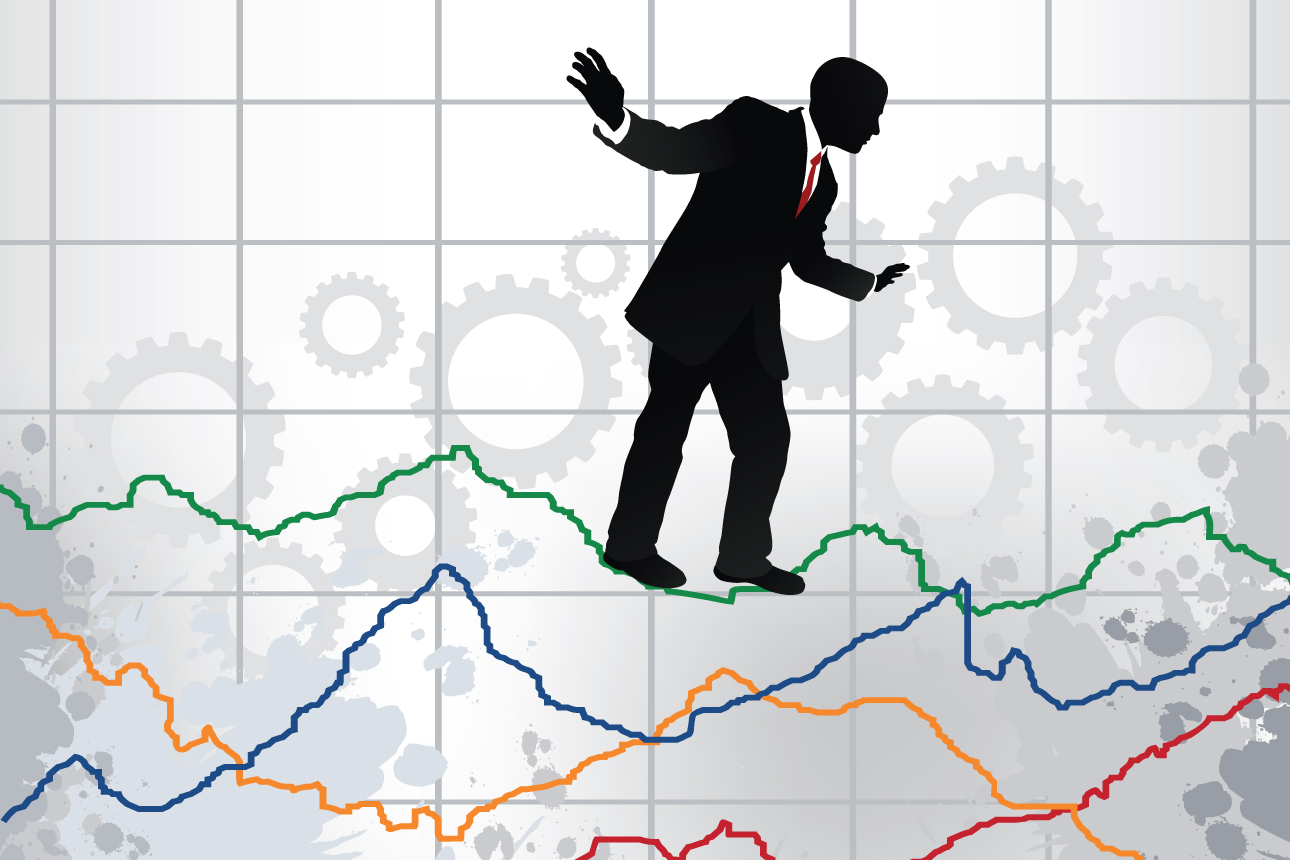Why Our Knowledge Economy Can Survive the New Age of Pestilence
Today’s engine of economic growth may lessen the long-term economic impact of the COVID-19 pandemic.
Topics
Frontiers

History, it has been observed by an unknown wag, is a sequence of disasters, and the stuff in between is boring. While each catastrophic event is unique in the chaos that it sows and how it shapes subsequent human events, in the throes of crisis, we often look back, seeking patterns to assuage our uncertainty. So it’s not surprising that interest in the 1918 Spanish flu pandemic surged along with the coronavirus earlier this year — but perhaps the important lesson to take from history is not what is similar but what is different.
It would have been convenient if all major disasters could be classified as either purely natural, such as earthquakes, and purely human-made, such as civil war, but the historical record does not always allow such facile categories. Sometimes nature and people work hand in hand to kill, disrupt, and at times change the course of human history when ignorance, cruelty, and the rigid adherence to some cause or ideology aggravate what nature wreaks.
Email Updates on the Future of Work
Monthly research-based updates on what the future of work means for your workplace, teams, and culture.
Please enter a valid email address
Thank you for signing up
In the past, catastrophes, especially unprecedented and unanticipated ones (that is, black swans) have changed the course of history. The Justinianic Plague that broke out in 541 A.D. may have prevented the reconquest of Italy by Byzantium and the possible resuscitation of the Roman Empire. The Black Death, one leading scholar has argued, produced far-reaching demographic, economic, and cultural changes, but it also “prepared a road for renewal.”1 Human-made disasters similarly changed the direction of history, none more than the repeated invasions of the Middle East by Mongol invaders and the diseases inflicted on the original populations of the New World by European explorers. Regions that had been prosperous and sophisticated were reduced to poverty-stricken backwaters.
How has modernization changed the way economies are exposed to, respond to, and are affected by disasters? At some point around the year 1800, a major transition took place that drastically changed the dynamic properties of the entire economic system, similar to a phase transition in physics. Before the Industrial Revolution, economic growth was largely the result of improved markets and gains from trade — what economists call Smithian growth. The riches of the great cities of the Italian Renaissance and the Dutch Golden Age were to a large extent based on commerce, finance, and the institutions that supported it.
References
1. D. Herlihy, “The Black Death and the Transformation of the West” (Cambridge, Massachusetts: Harvard University Press, 1997): 57, 81.
2. “Goodbye Globalisation,” The Economist, May 16-22, 2020, 7.
3. R.J. Barro, J.F. Ursua, and J. Weng, “The Coronavirus and the Great Influenza Pandemic: Lessons From the ‘Spanish Flu’ for the Coronavirus’s Potential Effects on Mortality and Economic Activity,” working paper 26866, National Bureau of Economic Research, Cambridge, Massachusetts, March 2020.
4. “What Was the U.S. GDP Then?” Measuring Worth, accessed June 15, 2020, www.measuringworth.com. As Barro et al., “The Coronavirus,” noted (p. 13), the sharpest contraction of GDP occurred in 1921 and was probably unrelated to the pandemic. By 1922, real GDP per capita was about 10% higher than in 1913-14, with an annual growth rate of 1.1%.
5. E. Benmelech and C. Frydman, “The 1918 Influenza Did Not Kill the U.S. Economy,” Vox, April 29, 2020, https://voxeu.org.
6. “Hanging Together,” The Economist, May 16-22, 2020, 59-60.
7. N. Rosenberg, “The Direction of Technological Change: Inducement Mechanisms and Focusing Devices,” ch. 6 in “Perspectives on Technology” (Cambridge, England: Cambridge University Press, 1976).
8. J. Mokyr, “Viruses and Other Germs: Winning a Never-Ending War,” CNN, April 23, 2020, www.cnn.com.
